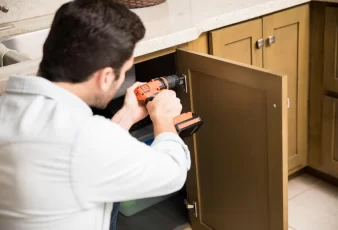Provenance refers to the history of an object’s ownership. In the world of art, provenance incorporates the galleries, dealers and auction houses that have sold an item as well as institutional and private collections where an item’s been held. It also includes exhibitions where the item’s been displayed.
The Importance Of Provenance
Experts take an interest in provenance for a couple of reasons. Most importantly, well-documented provenance confirms that items are authentic. Undocumented period of time in the object’s history may indicate that it’s a forgery. If an object was supposedly created in the eighteenth century, but the oldest record of its existence only dates back thirty years, it’s probably not the real deal.
Provenance is often important to collectors due to the allure of celebrity. For example, a piece of silver owned by royalty is bound to interest buyers who are interested in the history of the object along with collectors who are lured by the object’s decorative merits.
What’s more, the provenance documentation proves that antique items like antique wooden chairs haven’t been stolen and the present owner does indeed have a title for the items that can be passed to the next buyer.
It’s important to be careful of over the top statements about an item’s provenance that can’t be proven with documentation. Verbal history is certainly interesting, but ideally, you want old photos of the item in its collection, bills of sale and even other documents that prove the statements are legitimate.
Different Types Of Provenance Documentation
Some of the most common types of provenance documentation for antique items include:
- Bill of sale, invoice or receipt – These documents confirm the date that the item changed hands, as well as the identity of the parties involved, like an auction house, gallery or private owner. These documents further serve as proof that the person who owns the item now is the right person and the object may legally be passed on to the buyer.
- Illustration in an exhibition catalogue from a gallery or museum – If an item’s been included in a gallery or museum exhibition, it should be mentioned and illustrated in the exhibition’s catalogue.
- Previous appraisal – An antique object may have been appraised in the past, perhaps even as part of an estate for the purpose of insurance cover. Since values tend to fluctuate over time, the previous appraisal documents the ownership and age of an object as opposed to the current value.
- Inventory number that indicates de-accession from a corporate or museum collection – Antique objects held in corporate collections or museums are given inventory numbers. These numbers accompany the item when it leaves the collection and serve to verify the object was part of the collection for a certain period of time.
- Illustration in an auction catalogue – If an object has been included in an auction in the past, the sale result is usually made available to the public. If the auction house publishes catalogues, the item may be illustrated therein.
As you can see, when it comes to antique objects, provenance counts!
Read Also:




























